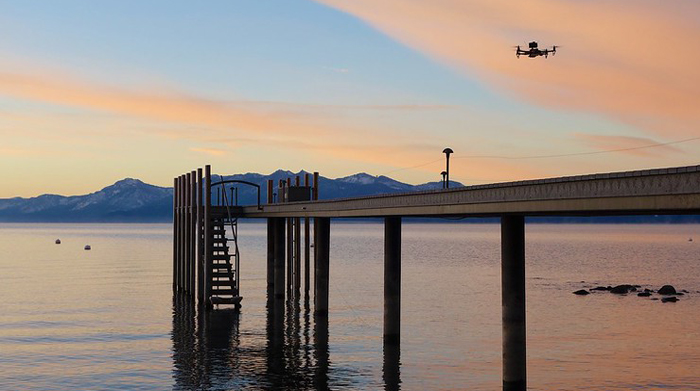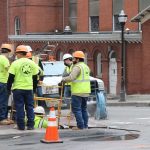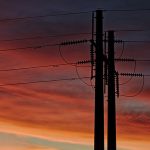NETL Launches Initiative to Optimize Drone Technology for Utilities

Image courtesy of Bit Boy under Attribution 2.0 Generic (CC BY 2.0) License, resized to 700 x 391 pixels.
The National Energy Technology Laboratory (NETL) has been increasing its focus in recent years around the utilization of arial drone technology to help manage utility infrastructure. Simply put, NETL has been a pioneer and advocate for upping the ante so to speak when it comes to drone usage within the utility industry. There are many potential usages for this technology, so let’s take a bit of a deep dive on it.
How NETL has Pioneered Drone Technology in the Utility Industry
The use cases for drones are limited only by one’s imagination. The technology can employ remote sensors to detect areas that over overgrown and require immediate vegetation management, facilities that are creating excess emissions, and even land masses experiencing soil movement to predict landslides. Drones can also facilitate infrastructure inspections, both maintenance inspections as well as damage assessment inspections.
One of the more advanced drone technologies advanced by NETL is the utilization of small atomic magnetometers, which are used to quantify magnetic field potency.
The organization actually started utilizing magnetometers in 2005 on helicopters to detect undocumented wells (i.e., wells that are so old they went into service prior to the advent of modern regulations). Ten years later, the devices became so lightweight that they could be used by drones, which obviously reduces the cost of such surveys.
Then, starting in 2020, magnetometer technology was integrated with electromagnetic sensors to also detect buried steel pipelines, some as small as only 2 inches in diameter. Next in the development roadmap is a further expansion of the technology to identify methane emissions from shuttered wells, as well as carbon dioxide emissions from storage facilities.
Beyond that, well, the sky is the limit (pun intended). NETL is currently working on super-futuristic sounding “superconducting quantum interference device (SQUID) magnetometers” that can detect magnetic fields at an incredibly subtle, granular level. And after that? So-called drone swarms which are essentially a group of sensor drones moving according to a coordinated flight plan, designed to capture data from multiple locations simultaneously.
There’s no doubt about it, when it comes to the advancement of drone technology, NETL aims to fly high.



